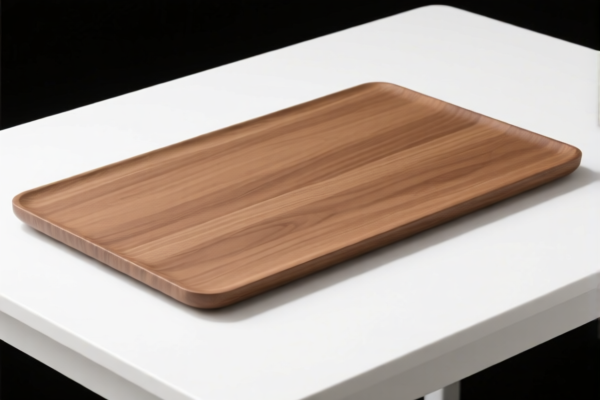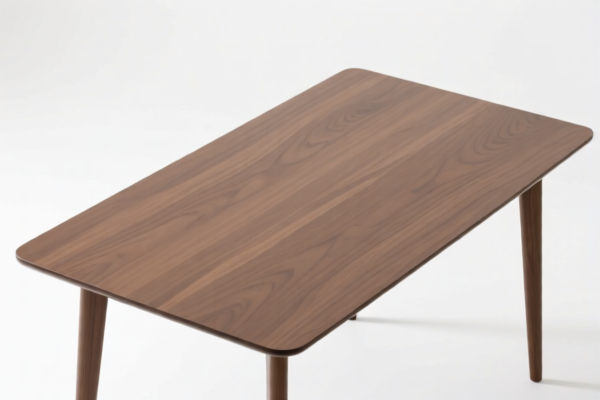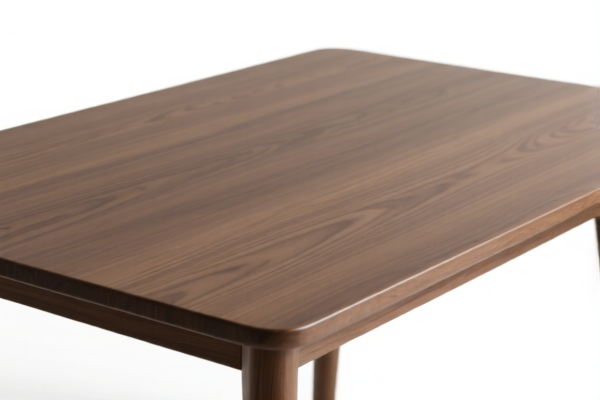| HS Code | Official Doc | Tariff Rate | Origin | Destination | Effective Date |
|---|---|---|---|---|---|
| 4823901000 | Doc | 55.0% | CN | US | 2025-05-12 |
| 4823902000 | Doc | 55.0% | CN | US | 2025-05-12 |
| 4821904000 | Doc | 55.0% | CN | US | 2025-05-12 |
| 4821902000 | Doc | 55.0% | CN | US | 2025-05-12 |
| 9610000000 | Doc | 33.5% | CN | US | 2025-05-12 |
| 9620003090 | Doc | The rate applicable to the article of which it is an accessory+30.0% | CN | US | 2025-05-12 |




Checklist Board
A checklist board is a visual task management tool used to track progress on a list of items or tasks. It facilitates organization, accountability, and completion of projects or routines.
Material
Checklist boards are constructed from a variety of materials, influencing durability, portability, and aesthetic:
- Physical Boards:
- Whiteboards/Dry-Erase Boards: Common for reusable lists, utilizing dry-erase markers. Often found in offices and classrooms.
- Cork Boards: Allow for attachment of items via push pins; suitable for varied document sizes and temporary arrangements.
- Magnetic Boards: Utilize magnets to hold tasks; often metal surfaces.
- Wood/Acrylic: Provide a more permanent, decorative option; can be customized.
- Paper/Cardboard: Disposable, low-cost options for short-term projects.
- Digital Boards: Software-based applications accessible via computers, tablets, or smartphones.
Purpose
The primary purposes of a checklist board are:
- Task Breakdown: Decompose larger projects into manageable steps.
- Progress Tracking: Visually monitor the status of each task (e.g., to-do, in progress, completed).
- Prioritization: Organize tasks based on importance or deadlines.
- Collaboration: Enable teams to share and coordinate tasks (particularly digital boards).
- Accountability: Assign ownership of tasks to individuals.
Function
A checklist board functions by providing a clear, centralized location for task information. Key functions include:
- Listing: Creating a comprehensive list of tasks.
- Categorization: Grouping tasks by project, priority, or assignee.
- Status Updates: Marking tasks as pending, in progress, blocked, or completed.
- Visualization: Displaying task progress in a readily understandable format.
- Reminders: Some digital boards offer automated reminders for upcoming deadlines.
Usage Scenarios
Checklist boards are employed in diverse contexts:
- Project Management: Tracking phases and deliverables.
- Personal Productivity: Managing daily routines, to-do lists, and goals.
- Team Collaboration: Coordinating tasks within a work environment.
- Event Planning: Organizing logistics and timelines.
- Household Management: Tracking chores, grocery lists, and maintenance tasks.
- Education: Student assignments and classroom organization.
Common Types
- Kanban Boards: Utilize columns to represent workflow stages (e.g., To Do, In Progress, Done). Focus on limiting work in progress.
- To-Do Lists: Simple lists of tasks, often with checkboxes for completion.
- Agile Boards: Used in Agile software development, incorporating sprints, user stories, and burndown charts.
- Scrum Boards: Specific implementation of Agile methodology, emphasizing daily stand-up meetings and iterative development.
- Gantt Charts: Visual representation of project timelines, dependencies, and milestones. (While not strictly a "board", it serves a similar planning function).
- Digital Task Management Software: (e.g., Trello, Asana, Monday.com) – Offer advanced features like collaboration, automation, and reporting.
- Physical Bullet Boards: Utilizing sticky notes or cards to track tasks manually.
Checklist boards can fall under several HS code classifications depending on their material and specific function. Here are the relevant HS codes based on the provided reference material:
- 9610000000: Slates and boards, with writing or drawing surfaces, whether or not framed. This code applies if the checklist board functions as a writing or drawing surface. The basic tariff is 3.5%, with no additional tariff currently, but a 30% additional tariff will apply after April 2, 2025, resulting in a total tariff of 33.5%.
- 4823901000: Other paper, paperboard, cellulose wadding and webs of cellulose fibers, cut to size or shape; other articles of paper pulp, paper, paperboard, cellulose wadding or webs of cellulose fibers: Other: Of paper pulp. This code is applicable if the checklist board is made of paper pulp. The basic tariff is 0.0%, with a 25.0% additional tariff currently, increasing to 30% after April 2, 2025, for a total tariff of 55.0%.
- 4823902000: Other paper, paperboard, cellulose wadding and webs of cellulose fibers, cut to size or shape; other articles of paper pulp, paper, paperboard, cellulose wadding or webs of cellulose fibers: Other: Of papier-mâché. This code applies if the checklist board is made of papier-mâché. The basic tariff is 0.0%, with a 25.0% additional tariff currently, increasing to 30% after April 2, 2025, for a total tariff of 55.0%.
Important Considerations:
The HS code 9620003090 is for accessories for instruments and appliances of heading 9015. If the checklist board is an accessory to a specific instrument, this code may be relevant, but the tariff rate is dependent on the article it is an accessory to, plus an additional 30% tariff.
Regarding HS codes 4823901000 and 4823902000, please note the need to verify the material composition (paper pulp or papier-mâché) for accurate classification.
Customer Reviews
No reviews yet.